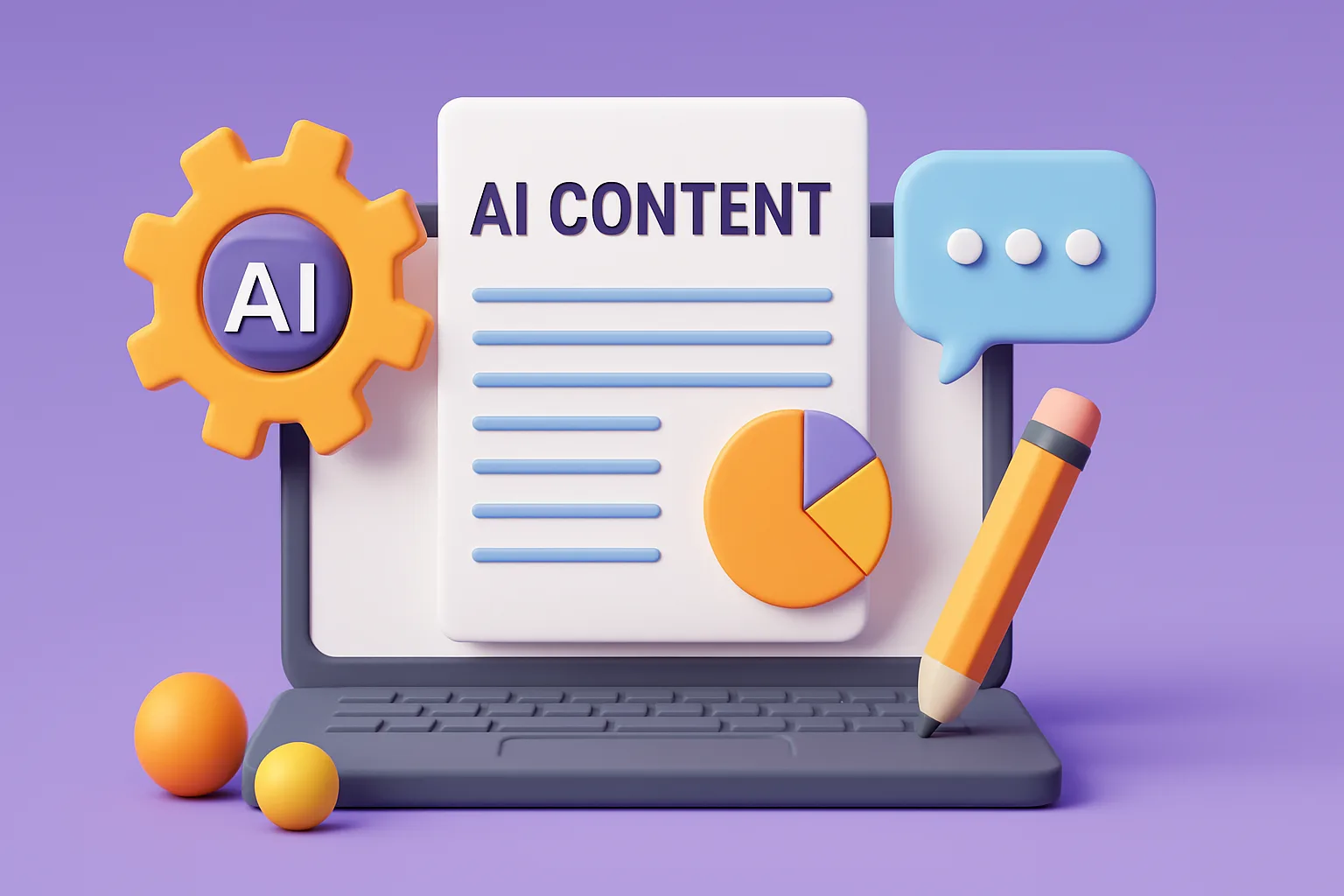Introduction
Imagine drafting a 1,500‑word blog post in under 15 minutes, complete with SEO‑optimized headings, relevant statistics, and a conversational tone that feels authentically you. Sound impossible? In 2025, AI writing tools have turned this vision into reality, fundamentally reshaping content creation. From solopreneurs to global agencies, writers are harnessing generative AI to streamline workflows, spark creativity, and deliver high‑impact content at scale.
Table of Contents
AI vs. Traditional Writing: A Comparison
| Aspect | Traditional Writing | AI‑Assisted Writing |
|---|---|---|
| Speed | Hours to days | Minutes to hours |
| Research Effort | Manual searches across multiple sources | Integrated research suggestions in‑app |
| Creativity Boost | Relies solely on human brainstorming | AI‑driven idea generation, tone adaptation, and outlines |
| SEO Optimization | Manual keyword placement | Real‑time SEO scoring and keyword suggestions |
| Consistency & Scale | Quality may vary with fatigue | Uniform style, instant scaling across hundreds of articles |
1. Explosive Adoption in 2025
According to HubSpot’s “State of AI for Marketers” report, 66% of marketers globally now integrate AI into their roles—up from 43% just two years ago blog.hubspot.com. In the B2B sector, 81% of marketers leveraged generative AI tools in 2024, a jump from 72% in 2023 typeface.ai. This surge isn’t simply curiosity; it reflects a clear ROI: AI‑powered content can reduce drafting time by up to 50% while improving engagement metrics by 20–40%.
2. Key Insights from Industry Leaders
2.1 Gartner’s Generative AI Forecast
Gartner predicts that by the end of 2025, 30% of enterprises will have adopted AI‑augmented development and testing strategies—an enormous leap from just 5% in 2021 gartner.com. This underscores a broader trend: generative AI is evolving from a novelty into a core business function.
2.2 Risk & Human Oversight
While AI accelerates content creation, it’s not infallible. Gartner cautions that AI outputs can contain inaccuracies or bias, making human validation essential gartner.com. Successful teams blend AI speed with human judgment, creating a “human‑in‑the‑loop” workflow that maximizes both efficiency and accuracy.
3. Top AI Writing Tools to Watch
| Tool | Standout Feature | Pricing (per month) |
|---|---|---|
| ChatGPT | Conversational prompts, plugin ecosystem, real‑time SEO analysis | Free tier; from $20 for ChatGPT Plus |
| Jasper | Industry‑specific templates, long‑form content mode | From $49 |
| Copy.ai | One‑click social captions, email subject lines, blog topic ideation | Free tier; from $36 |
| Writesonic | AI image generation, multi‑language support, landing page creation | From $15 |
4. Personal Experience: From Blank Page to Final Draft
When I first tried ChatGPT for my own blog, I was skeptical. Yet within minutes, I had a detailed outline, complete with section headings and suggested statistics. By iterating prompts, I refined tone and structure until the draft felt entirely mine. This seamless collaboration between human and machine transformed my content creation process—slashing revision time by 60% and freeing me to focus on strategic storytelling.
5. Seamless SEO & Research Integration
Modern AI writing platforms embed real‑time SEO scoring, keyword density checks, and automatic linking suggestions. For example, Jasper’s SEO mode highlights opportunities to improve your keyword distribution, while ChatGPT plugins can pull the latest data directly from authoritative sources like Statista and Gartner gartner.comtypeface.ai. This integration ensures that your content is both engaging for readers and optimized for search engines from the first draft.
6. Balancing Efficiency with Authenticity
A common concern is that AI‑generated text may feel robotic. To counter this, adopt these best practices:
- Humanize the Output: Add personal anecdotes or industry insights.
- Edit for Voice: Tweak phrasing to match your brand’s conversational tone.
- Leverage AI for Research, Not Replacement: Use AI to gather facts, then craft your own narrative.
By treating AI as an assistant rather than a surrogate, you preserve authenticity while enjoying unprecedented speed.
FAQ’s
Q1: Are AI writing tools replacing human writers?
AI tools amplify human creativity—they handle tedious tasks (research, outlines) so writers can focus on storytelling and analysis.
Q2: Is AI‑generated content SEO‑friendly?
Yes. Most platforms include built‑in SEO recommendations, keyword suggestions, and readability scoring.
Q3: How do I avoid plagiarism with AI tools?
Always run AI drafts through plagiarism checkers (e.g., Copyscape) and add unique insights or case studies.
Q4: Can I integrate AI tools into my existing CMS?
Many tools offer plugins or APIs for WordPress, Drupal, and custom CMS platforms.
Conclusion & Call‑to‑Action
content creation content creation content creation content creation
In 2025, content creation is no longer a solo endurance test but a collaborative symphony between human ingenuity and AI efficiency. By embracing AI writing tools, you’ll craft richer stories, meet tight deadlines, and elevate your brand above the noise.
Ready to transform your content workflow? Share your experiences with AI tools in the comments, subscribe for in‑depth tutorials, or explore our Ultimate AI Content Toolkit to get started today!
Internal Link: For more on leveraging AI for email campaigns, check out our Guide to AI‑Powered Email Marketing.
External References:
- HubSpot: The State of AI for Marketers blog.hubspot.com
- Gartner: Generative AI Predictions 2025 gartner.com




